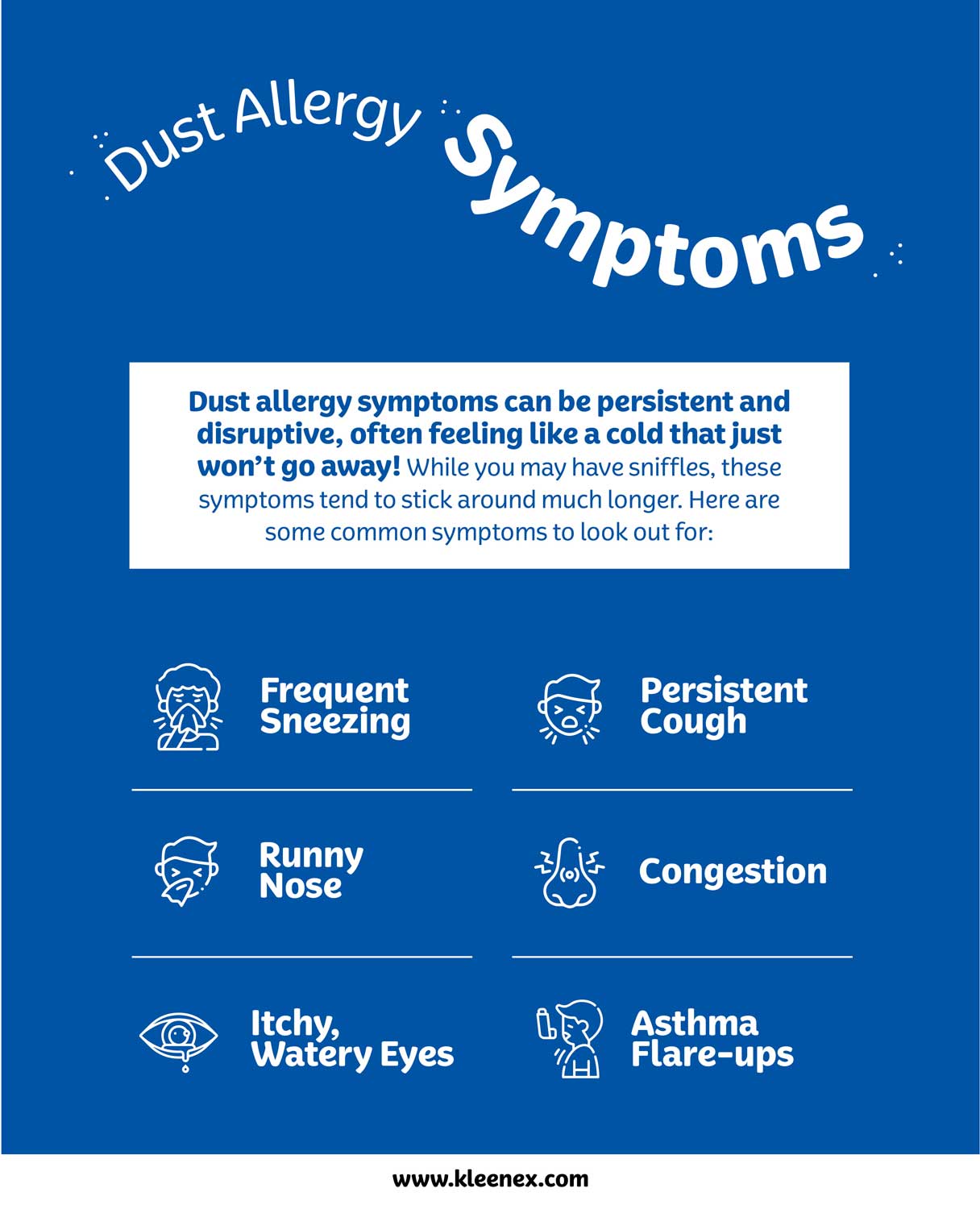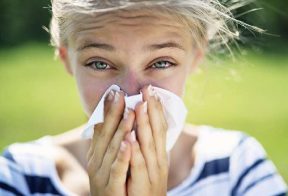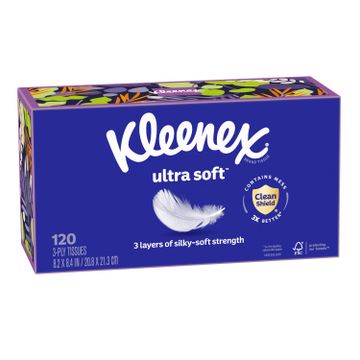
Do you find yourself sneezing more than usual at home? The effects of having a dustmite allergy can be sneaking and sudden!
Dust allergy symptoms could include uncontrollable sneezing fits, itchy watery eyes,runny nose, and/or an annoying tickle in your throat. Below, we're sharing simple ways tofight back and breathe easy. Let’s find out how you can take control of your indoorallergens for good.
What Causes Dust Mite Allergy?
Dust mites are tiny, invisible critters that thrive in warm, humid spots in your home. These microscopic pests feast on dead skin cells and leave behind waste particles that float in the air. Once you breathe them in, your immune system responds with urgency.
The result? Non-stop sneezing, itchy eyes, and a runny nose. Unlike seasonal outdoor allergies, dust mite allergies can hang around all year because these mites thrive inside our homes. The more dust that builds up, the harder it is to dodge the symptoms, making indoor spaces a constant challenge.
Dust Allergy Triggers You Didn’t Know About
Don’t let dust mites sneak up on you from unexpected places! Beyond bed sheets andcarpets, consider how household items you might not think twice about can harbor allergens.
Fabric upholstery and cushions aren’t just for lounging; they also trap dust mites andallergens. Typically, this is found in curtains, rugs, stuffed animals, books and magazines,to name a few culprits.
Additionally, pets can add to your allergy troubles. Pet dander, the lightweight flakes of skin that animals shed, can easily mix with household dust. This dust-ridden dander becomes airborne quite easily and spreads throughout your home with small gusts of wind.
Dust Allergy Symptoms

Dust allergy symptoms can be persistent and disruptive, often feeling like a cold that just won’t go away! While you may have sniffles, these symptoms tend to stick around much longer. Here are some common symptoms to look out for:
· Frequent Sneezing: Sudden, rapid-fire sneezes hit out of nowhere, often sparked by dust particles swirling through the air.
· Runny Nose: A constantly runny nose or stuffy congestion can make it hard to breathe. Make sure you have Ultra Soft™ Facial Tissues Cube Box for Faces and Hands tissues nearby to softly comfort your nose.
· Itchy, Watery Eyes: Dust allergens love to target the eyes, leaving you with itching, redness, and tears.
· Persistent Cough: That nagging tickle in your throat can spark a never-ending cough, especially in dusty spaces.
· Congestion: When dust piles up, it can leave you feeling like your chest is in a vice.
· Asthma Flare-ups: Asthma and dust allergies are tough to control! If you have asthma, dust mites can worsen your symptoms, leading to wheezing and possible asthma attacks.
These symptoms can get worse when you clean! Dusting, vacuuming, or even making the bed can send dust particles flying into your household air.
How to Prevent Dust Allergies
| Step | Action | Example |
|---|---|---|
| Regular Vacuuming | Use a vacuum with a HEPA filter. | • Vacuum carpets and upholstery weekly. |
| Wash Upholstery Frequently | Wash upholstered furniture at least once a year in hot water. | • Use the steam setting on your washing machine for cushions and throws. |
| Control Humidity Levels. | Maintain indoor humidity between 30-50%. | • Use a dehumidifier. • Ventilate rooms. |
| Choose Hard Flooring | Replace carpets with hard flooring. | • Laminates • Tiles |
| Manage Pets | Keep your friendly campanions off your upholstery. | • Designated spot. • Bathe pets weekly. |
If applicable, ditch the dry dusting and grab a wet cloth to wipe down surfaces. Dusting often puts the dust back into the air as it settles – or worse – gets inhaled! Use a wet cloth to wipe away any dust as you trap and remove it from the surface.
How to Protect Your Bed from Dust Mites
1. Use a Dust-Mite-Proof Cover: Wrap your mattress and pillows in a dust-mite-proof cover to create a barrier between you and the critters.
2. Wash Bedding in Hot Water: Throw your sheets, pillowcases, and blankets into the washer with hot water at least once a week. High heat is your best weapon against dust mites!
3. Swap Heavy Comforters for Lighter Ones: The bulky comforters trap more dust!
4. Keep Humidity Low: Use a dehumidifier to keep the air drier. This will create an environment that dust mites hate.
5. Cut the Clutter: Piles of clothes and extra décor are prime spots for dust to settle, so keep things neat and tidy.
These steps help create a cleaner, fresher, and more allergy-friendly sleep space!
When to See a Doctor
If your dust allergy symptoms are turning your life upside down and home remedies aren’t cutting it, it’s time to see a doctor. Frequent, intense sneezing, constant congestion, or breathing difficulties that mess with your daily routine or sleep needs professional attention.
Additionally, if you’re dealing with wheezing, chest tightness, or asthma attacks – don’t wait. If over-the-counter treatments aren’t working, or you’re worried about how allergies are affecting your overall health, a medical professional can offer personalized advice, stronger medications, or allergy-testing.
Big space, small space – dust or dander – Kleenex® has the perfect air filter for you that cares for your everyday air! Learn more about other allergies in our tips and advice section.







